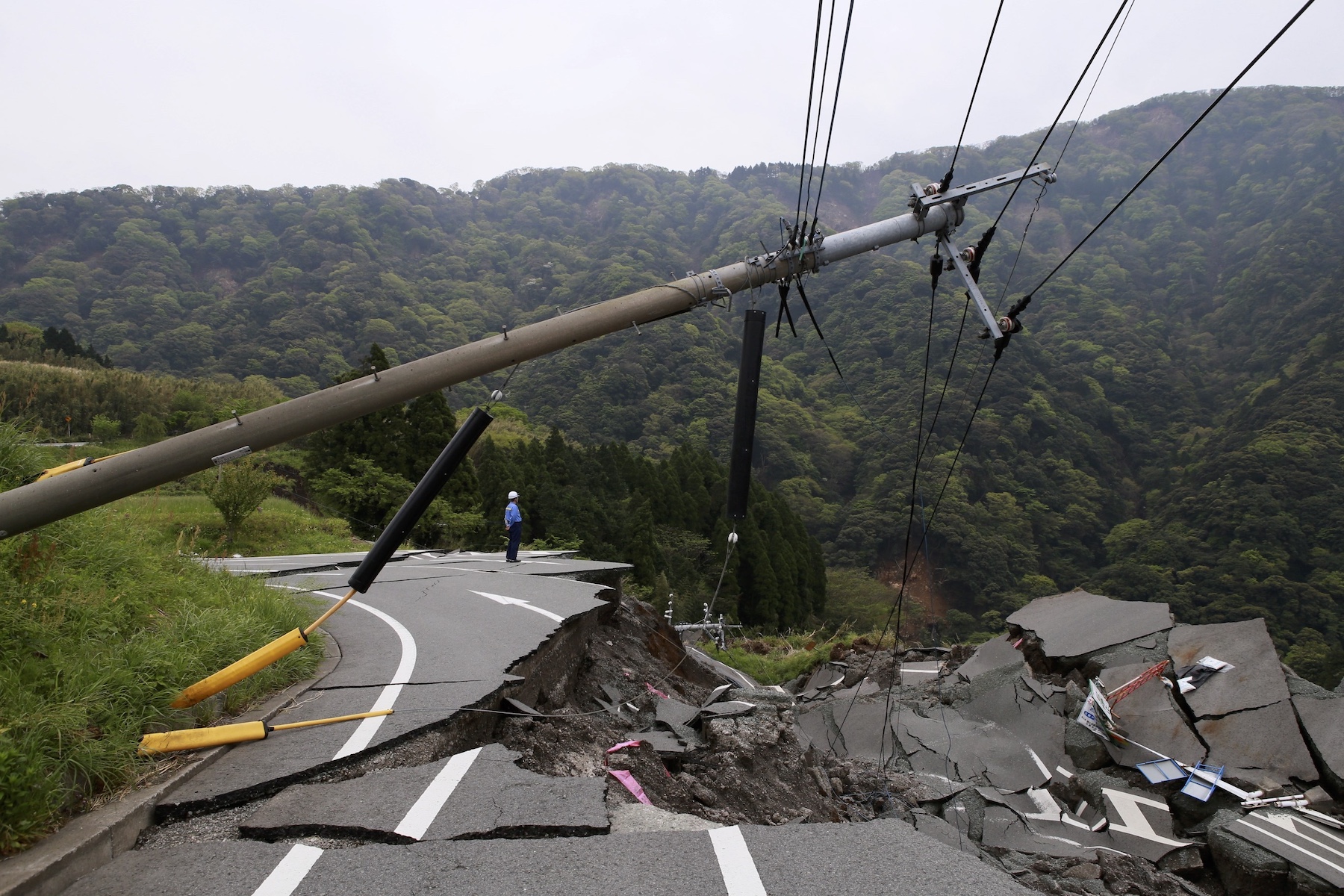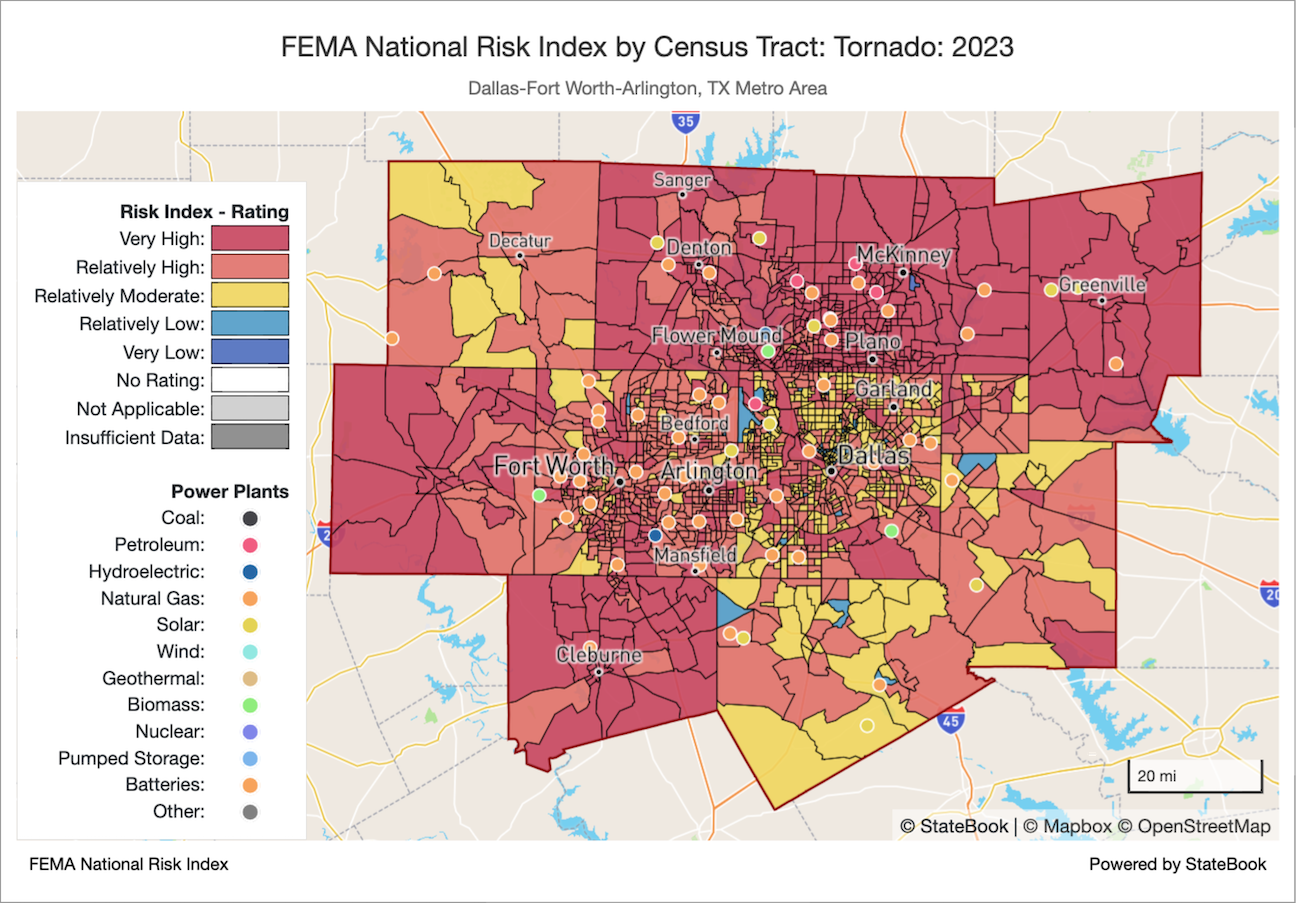EXPLORE HOW STATEBOOK ANALYTICS SUPPORT THE
ENVISION
FRAMEWORK FROM THE INSTITUTE FOR SUSTAINABLE INFRASTRUCTURE



StateBook insights can be tailored for ISI members to meet the goals of the Envision framework—supporting decision-makers with data-driven insights that drive equity, resilience, climate readiness, and long-term value.

Layering digital twin technology with agent-based modeling and StateBook’s powerful data analytics enables us to analyze risk, identify optimal mitigation and adaptation solutions, and run scenarios to determine each solution’s cost-benefit and social, economic, and environmental impact BEFORE investments are made – then track and benchmark progress.




Information Advantage for Infrastructure Resilience
